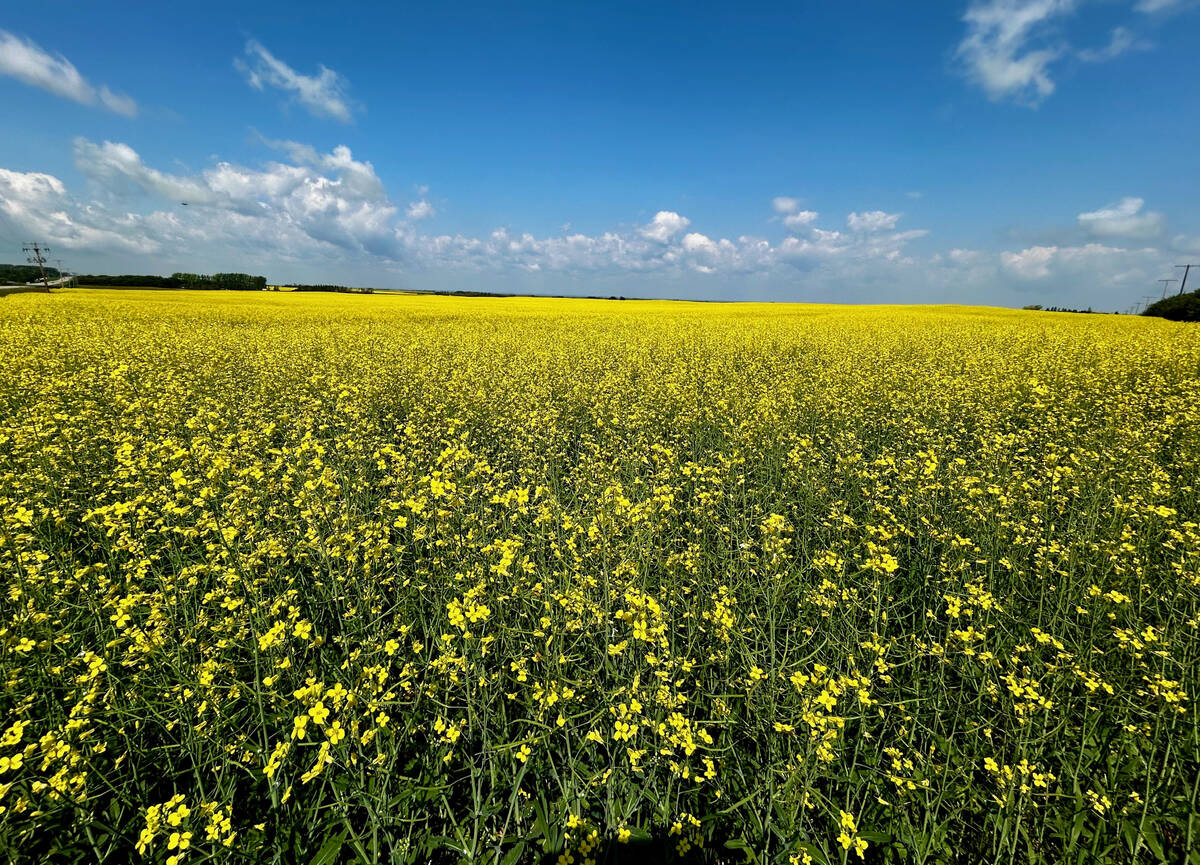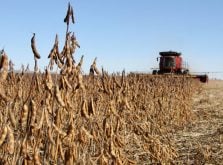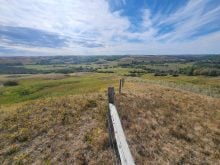EDMONTON – A group of Albertans is convinced it has the solution to create energy-producing, odor-free hog barns.
Many people want the cutting edge technology, but few are willing to be the first to dig into their wallets, said Robert Coulter, a board member with Trillium Agriprojects Corp.
“A lot of people are very interested, but they’re waiting to see who jumps in first,” said Coulter, after a presentation to Alberta’s standing policy committee on agriculture.
Trillium is asking the federal and provincial governments for $1.8 million in bridging financing to help build the $18.5 million demonstration project.
Read Also

Pakistan reopens its doors to Canadian canola
Pakistan reopens its doors to Canadian canola after a three-year hiatus.
It’s not the first time the hog barn idea has been presented. Last year Synergetik2000 Technologies Group wanted to build a massive hog barn, water purification plant, biochemical refinery and co-generation plant outside Hanna, in east-central Alberta.
The project was shelved because of a lack of water in the area.
The group then teamed up with the Fishing Lake Metis Settlement and moved to the Metis land north of Lloydminster.
Fishing Lake owns 51 percent of the Trillium Agriprojects Corp. and Synergetik2000 Technologies Group owns 49 percent of the shares.
“We were open for business,” said Garry Parenteau, Trillium treasurer and a member of the Fishing Lake council.
“We wanted something more than the status quo of oil and gas.”
A development project would include an 1,800-sow farrow-to-finish barn and an Agri-Pure system, which is a waste disposal system that would produce methane and clean water from the hog waste.
The system would produce enough methane to create 10 megawatts of electricity and 2.4 million litres of methanol. Once the technology has been proven through the demonstration project, three phases will follow, each adding more hogs until the total project is a 23,400-sow barn, with accompanying methane and ethanol production.
The group hopes to start infrastructure work this fall and construction next spring.
During the presentation to the standing committee, MLA Carol Haley asked why the government should help with the project.
Marjorie Malinowski, chief executive officer of Trillium, said everyone agrees the project looks good on paper, but they want to see it operating before committing money. She said the demonstration project would help people realize there is an alternative to existing hog barns that have difficulty passing environmental hurdles because of the manure.
“If we want to satisfy the public, we want to prove to the people of Alberta there is a viable alternative to the disposal of waste,” said Malinowski.














